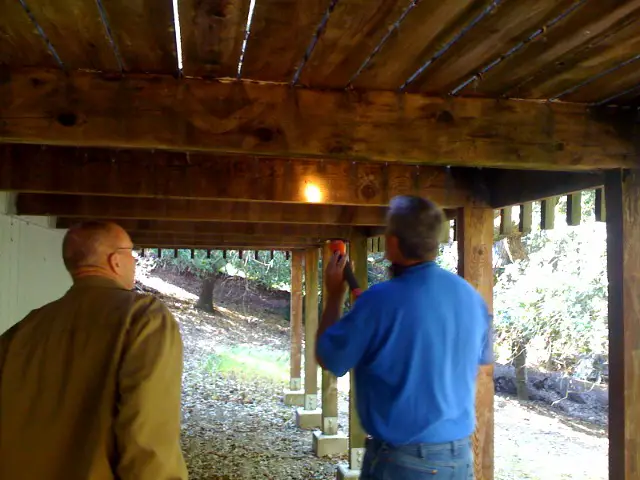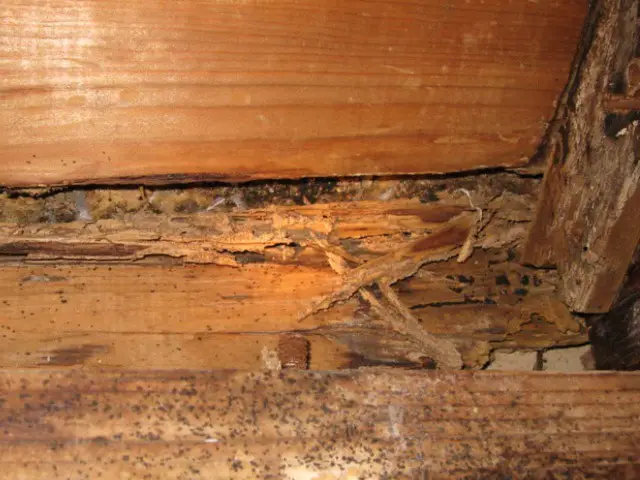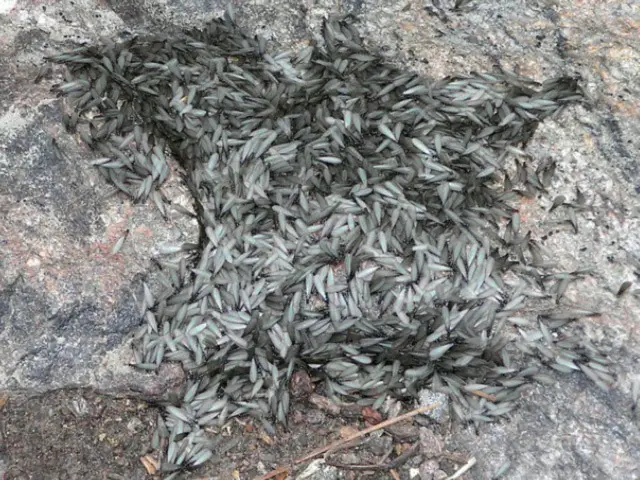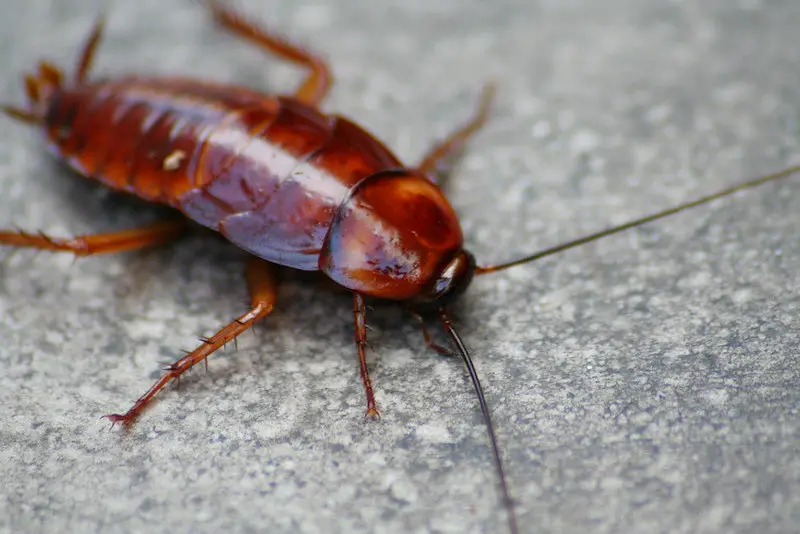A clean, pest-free home is a happy home. You can’t undervalue the feeling of safety and security you get from knowing that you are in control of your living space. Unfortunately, if rodents find a way into your home (and you’d be amazed how many ways they can do this), it can take serious time and money to get rid of an infestation. But there are plenty of easy pest control measures that aren’t time-consuming or complicated that you can do yourself. And you don’t even need to use toxic chemicals! All you need is the proper knowledge. So follow this guide for practical DIY pest control tips that you can get to work on today!
Take Care of Dirty Laundry
Make it a routine to wash personal items that are used daily, such as towels, clothes, bedsheets, and blankets frequently- once a week is a good rule of thumb. What does laundry have to do with pest-proofing your home? Closets, dressers and your bed area can host a whole variety of pests, most commonly dust mites and bed bugs – sometimes mice. The pests love those linen materials, and keeping them clean is the best method of prevention.
Related posts:
Check Ventilation
Your home’s ventilation system is important for releasing unwanted humidity. Rodents such as rats and mice will thrive in the unseen moist and humid nooks and crannies in your home. They require a water source to survive, and just the smallest leak or collection of condensation is enough to sustain them. To prevent this, your ventilation needs to be up to snuff. Start by regularly checking and inspecting the vents in your attic and any that lead to the outdoors. Make sure your vents aren’t backed up or blocked. They should, however, be properly covered to not let in pests from the outside. Finally, consider using a dehumidifier in especially damp places, like the basement or crawlspace, to help them stay completely dry.
Add a Door Sweep
Pests and rodents are very crafty. They are in the market for a new home, and any hole or crack in the exterior of your home is just an invitation to them that says- come on in. Learn more about sealing entry points here! A very simple, inexpensive DIY pest control fix is to put in a door sweep. It seals the gap between the ground and the bottom of your door. You can find one easily at your local hardware store. Just stick it on, and you’re one step closer to pest-proofing your residence. This measure will also help you save energy by helping to regulate the internal temperature of your home.
Eliminate Faucet Leaks
Declutter your spaces
When you let clutter accumulate, you are unwittingly providing nesting spaces for pests. Whether it’s magazines and junk mail piling up in the living room or musty cardboard boxes of long-forgotten storage items in the attic or basement- it’s gotta go. Insects, mice, and rats love to shred those undisturbed materials and nest and breed in there. Make your home less attractive to pests by keeping it clean and clutter-free. If your attic needs a major overhaul, consider an attic cleaning service to get you on the right track.
Common Places to Find Rats in Your Home
The thought of rats in your home is definitely enough to keep you up at night. Of course, it’s an idea you’d like to dismiss, but not so fast- most people wouldn’t have a clue if there are rats in their home. Not because they are negligent, but because people tend to avoid the dark, dusty, hidden, spider-web-filled areas of their homes- exactly the type of spaces rats are attracted to.
Rats are sneaky, smart, and cautious pests. The scary thing is that rats may be cohabitating without you knowing about it. So, to really be sure your home is rat-free, inspect all the spaces on this list. Or, if climbing around your crawl space and possibly coming face-to-face with a rat freaks you out, get your local pest control experts to check it out for you.
Are rats a threat to you and your attic?
The attic is the best place to get started when checking your home for rats. The roof rat is one of the most prevalent residential rodents. Its favorite place to nest is in the attic. Rats are expert climbers and can sneak into the attic by squeezing through holes in the walls and roof or running up the walls. What’s more, rats can enter through a hole that is only ½ inch in diameter.
Rats are attracted to warm spaces. Attic insulation is a soft material that is perfect for rats. They love to burrow into the insulation to make a nest. Nothing ruins insulation faster than contamination from rat droppings and urine. Contaminated insulation poses a wide range of health risks. You should learn more about proper pest control to protect yourself and your family.
How do I get rid of a rat in my basement?
The other common residential rat is the Norway rat. Opposite of the roof rat, the Norway rat prefers lower-level dwellings. Basements are normally dark, moist and warm, which appeals to rats. The basement often used for storage provides both isolated hiding places and favorable materials- like cardboard- for nesting. Rats will burrow underground and can even gnaw through metal and concrete to gain entry to your basement.
What attracts rats to your basement?
In the case of rat infestation, first check for the overall status of the pipes, drains and walls. Speedy repair and sealing off of any cracks or holes will help prevent future rodents from getting in. Next, you should examine the entire area and seal all holes and possible entry points with steel.
How do you get rid of rats inside the walls?
Nothing makes your skin crawl like being woken up in the middle of the night by persistent scratching noises coming from the walls. Something is inside there. The question is, where is the rat? How many rats are there? How soon can I get rid of the rats? This is one of the toughest locations to deal with when it comes to rat infestation because you just can’t see what you’re dealing with. Luckily rodent control specialists have special tools and the know-how to locate and exterminate the rats without ruining your walls.
How do I get rid of rats in my kitchen?
Rats, like all pests, need a source of food. They are known to be dumpster divers and scavengers, but rats really prefer fresh grains or meat, and they can climb to find it. If you want to rid of rats, you have to eliminate the food source.
Your kitchen is equipped with many major appliances. The power supply unit behind the stove is where rats most often make an access hole into the kitchen. One serious hazard of rats near your appliances is compromised electrical wiring. Rats will chew and gnaw on electrical wires. This is very dangerous! It can cause an electrical fire in your home. If you see signs of rats in the kitchen- gnaw marks, rat droppings- call rodent control services asap.
How do I keep rats out of my garage?
Rats will normally enter a garage by squeezing through the gap under the garage door. After that, they like to nest inside furnace ducts and chew on anything they can find. Rats’Rats’ teeth can cut through almost anything! Beware, your vehicle parked inside could be damaged. Chewing on wires and tires is most common. If you have rats in your garage, you need to exterminate and then take steps to rodent-proof your space. This will prevent rats from entering the main living spaces of your home. Rodent proof your home today to keep these annoying pests out of your life for good.
3 Signs You Need Professional Dead Animal Removal
Watching wild animals like squirrels, mice, and chipmunks might be cute and funny on youtube- but watching them invade your home is horrific! Wildlife and rodents are very persistent and highly capable. They can make their way into your home despite precautions you may have taken. Arguably, the only thing worse than an unwanted animal in your home is a dead animal rotting somewhere in your home.
Wild animals will weasel their way into your home to gain protection and reprieve from the outside elements. They desire a warm, isolated space and easy access to food and water. Basements, attics, and crawlspaces are favorite hangouts and nesting grounds for rodents and wild pests. Sometimes, animals can find a way in but cannot successfully find the food and water to survive. Then you’re in a tricky situation- locating the whereabouts of a dead animal in your home can be tricky. And the longer the mystery goes unsolved, the worse the damage will be.
Don’t draw out the process. Instead, use this guide to recognize right away if you need professional dead animal removal services.
Discoloration or Stains on the Ceiling
Starting with the less obvious sign, spotting discoloration or staining on the ceiling can be the most visible pronouncement of the presence of a dead animal in your living space. Relaxing on your living room couch, and you look up to see a stain that has appeared out of nowhere? Most people’s instinct is to suspect a leaky pipe or water damage as the culprit. (Which is possible) But a dead animal carcass, when left untouched to decompose, can seep into the walls, floors, ceilings, and even the ductwork of your home!
This, unfortunately, is probably the worst-case scenario when it comes to a dead animal in the house. It means that the rotting animal tissue has ruined the wood, insulation and other materials that it came into contact with. In addition, wild animals and rodents carry harmful diseases and bacteria. That bacteria will contaminate any material that it comes into contact with and sometimes can even become airborne. Removing a dead animal has many health risks involved. You need to hire professionals who have the right equipment and protection to do the job safely.




